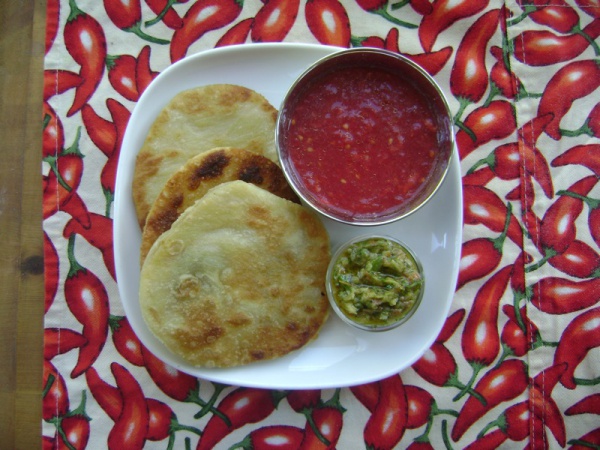Facts About Malawach
Malawach is a cherished traditional flatbread in Israel, particularly favored by the Yemenite Jewish community. This delectable dish, introduced to Israel by Yemenite Jews, resembles a thick pancake with delicate, flaky layers of puff pastry. It’s typically cooked flat in a frying pan and served with a variety of accompaniments.
Malawach is often paired with hard-boiled eggs, zhug (a spicy Yemenite sauce), and a tomato dip. Some enthusiasts even enjoy it with a drizzle of honey for a sweet variation. Traditionally, making malawach is an intricate process that takes about three days and involves multiple stages.
The origins of malawach trace back to a Yemenite Jewish Shabbat bread called jachnun, which itself evolved from hojaldre, a Sephardic Jewish puff pastry brought to Yemen by Jews expelled from Spain. Malawach and jachnun share the same dough, endowing malawach with its distinct flaky texture akin to croissants.
Historically, Yemenite Jewish women prepared malawach at home. The dough is meticulously laminated and enriched with butter, clarified butter, or margarine, then frozen before frying to ensure it retains its flaky layers. Traditionally, malawach is served hot with zhug, resek (a tomato-based dip), and hard-boiled eggs. However, modern variations include toppings like honey, jam, labneh, and more.
Today, malawach has become a staple in Israeli cuisine, enjoyed by people from all backgrounds. It’s commonly found in restaurants and is often used as a sandwich wrap or served with dishes like shakshouka, hummus, and sabich. Frozen malawach is readily available in grocery stores and is even exported to kosher supermarkets abroad. Some creative cooks use malawach as a substitute for dough in recipes like bourekas and sambusak.
Whether enjoyed in a traditional setting or with a modern twist, malawach is a comforting and versatile dish that has firmly established its place in Israeli hearts and kitchens.

 Saudi Arabia
Saudi Arabia